
Parc Bordelais, City of Bordeaux
Designed as a public green space in the 19th-century, this 28-hectare historical park is home to around 3000 trees, 1000 of which are more than a century old.

© Chateau de Sanse

© Chateau de Sanse
Chateau with pool, restaurant and rooms overlooking a beautiful valley
Crafted from the ruins of a magnificent 18th century Chateau and following a great deal of careful and sensitive restoration, this hotel now stands as a striking landmark against a backdrop of spectacular vineyards and woodland in the south of France.
The rooms are tastefully decorated and individually styled with lots of attention paid to those small details. Every room, featuring balcony or terrace, is equipped with satellite TV, private telephone, safe, en suite bathroom or shower room.

Designed as a public green space in the 19th-century, this 28-hectare historical park is home to around 3000 trees, 1000 of which are more than a century old.

Whether it's your first time on a board or you've been surfing for years, So Nice Surf School will give you the guidance you need to get started or to improve your tricks in a cool, laid-back atmosphere.

With over 1000 animals to meet, from around 75 different species, from the very smallest, all the way up to the largest breeding camels in France.

100% electric and 100% silent, the infamous tuk-tuk comes to Saint Emilion to take you on a tour or the town and the vineyards that surround it.

Each session is tailored to the requirements of the participants.

After discovering the city of Saint Emilion this train tour takes you out into the countryside and surrounding vineyards to discover more about the history and culture of wine in this region.

Situated in the luxurious surroundings of Le Grand Hotel de Bordeaux, this restaurant offers diners an elegant yet intimate restaurant styled in a palette of mauve and orange with a handcrafted marquetry floor.
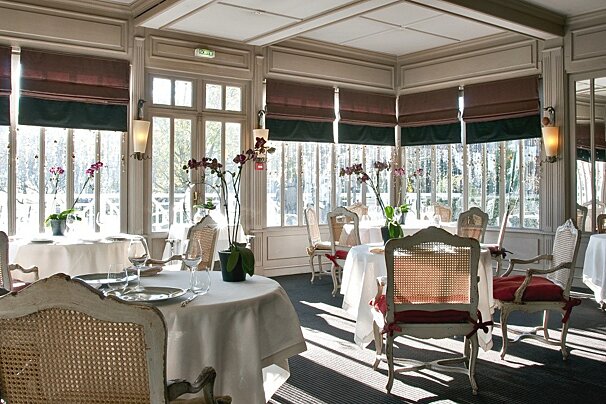
Chef Nicolas Masse offers in this restaurant a combination of traditional French cuisine, made with fresh seasonal ingredients from the southwest sourced from local producers, with unusual influences from all around the world. His creations can be paired with a large selection of wines, by the counsel of head sommelier Aurélien Farouil.

Situated in a gorgeous white stone townhouse built in the classical style of the late 19th century, this restaurant is part of the joint project of Bernard Magrez, owner of various wineries in the Bordeaux area, and Pierre Gagnaire.

This elegant and sophisticated two Michelin star restaurant offers creative dishes designed by chef Cédric Béchade, who plays with colours and textures in his cuisine.

Featuring a simple and contemporary dining area, this restaurant serves French dishes revisited through the inspiration drawn from all around the world, especially Peru. The imaginative and surprising flavour combinations can also be enjoyed in a patio.

This restaurant serves traditional French dishes with personal contemporary touches inspired by seasonal market ingredients. They have a calm elegant dining room as well as a pleasant garden.

This bar has an old-fashioned decoration that creates a very warm atmosphere. Their wine list includes many French references, as well as from other parts of the world. They can be enjoyed in their cosy interior or the patio, accompanied by selections of local delicatessen.

One of the best places to taste wines from the Bordeaux region. Located on the ground floor of the headquarters of the Conseil Interprofessionel du Vin de Bordeaux, the bar's team is very knowledgeable and passionate. They give tasting advice, extensive information on the grapes and suggestions for matching food and wine.

Situated at the foot of the historical Porte Cailhau, this bar has a list of more than 100 wines. They are focused on international products as well as some lesser-known wines from Bordeaux.
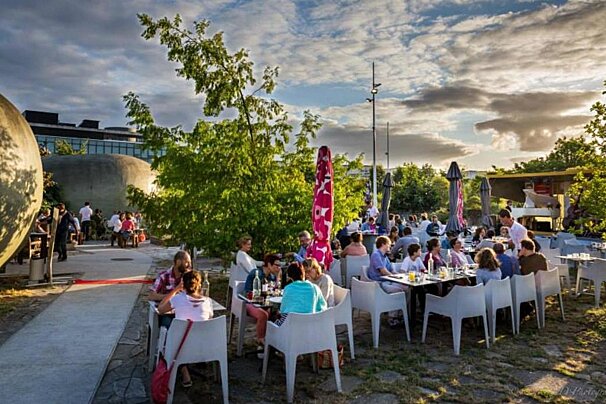
A diverse music programming that showcases some of the best local and national talent in jazz, music of the World, blues and many other expressions.

The beautiful building of Chateau Deganne was converted in 1904 into a casino. In the early twentieth century Paris and Bordeaux bourgeoisie came to spend the summer in Arcachon. Thus the town had to create distractions - a casino.

Centrally located, this bar offers a large selection of wines, especially French but also from other parts of the world. Customers can taste them through a self-service method, and they can be accompanied by regional delicatessen.
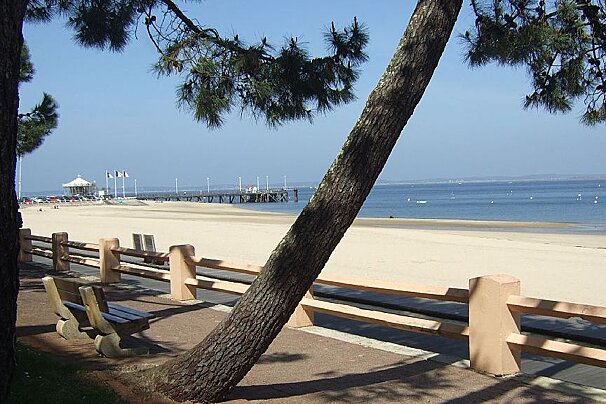
A small, peaceful and tranquil beach that is situated at the entrance to the marina and is the most sheltered of all the beaches around Arcachon due to its location within the basin.
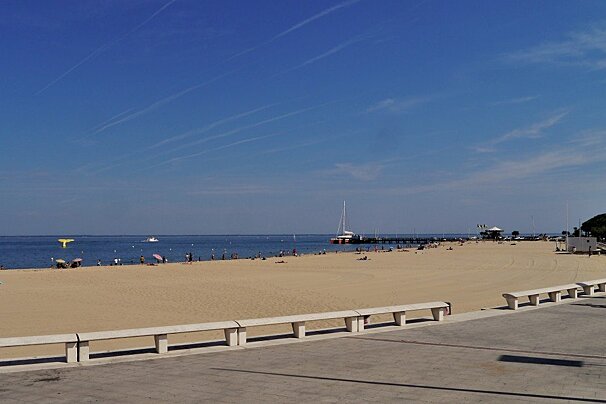
An 800m strip of white sand situated between the Theirs and Eyrac piers this beach is very much in the Arcachon basin and sheltered from the strong Altlantic winds on the coast.
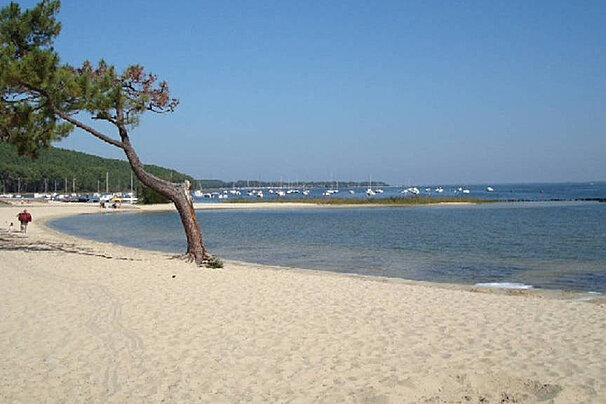
A protected natural reserve with wild marshes, sand dunes and pine forests, this huge body of water is perfect for outdoor activities such as sailing, swimming, water skiing, windsurfing, canoeing, fishing, kite surfing, paddle boarding, or walking and biking along the trails and cycle paths that line the shores of the lake.

This is by far the largest and better known of the Arcachon beaches, stretching some 3km in length with wonderful views over to the chic town of Cap-Ferret and the peninsula beaches.

A wide walkway and promenade borders this beautiful beach. There are numerous things to do including games for children, surfing, beach volleyball and of course it's a great setting near the doors to the Atlantic ocean.
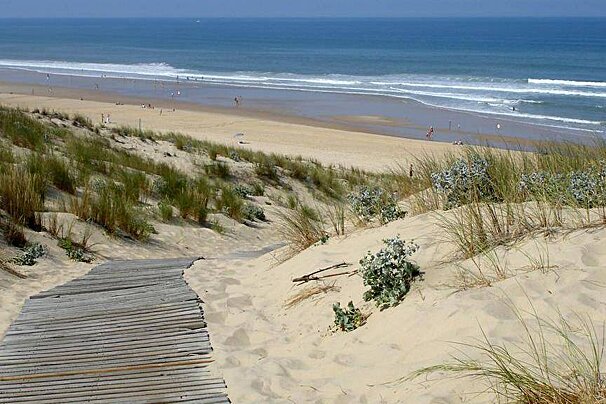
Le Porge beach is also known for its large waves and strong undertow, even if the rescuers are not far away, you must remain cautious as you would for many of the ocean beaches.
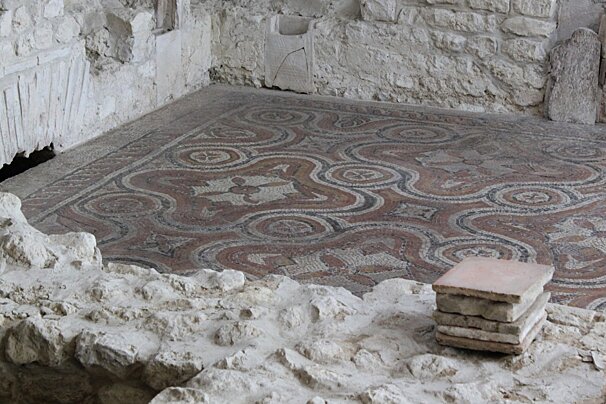
The remains have been partly excavated (only about a tenth) and are a magnificent archaeological example.
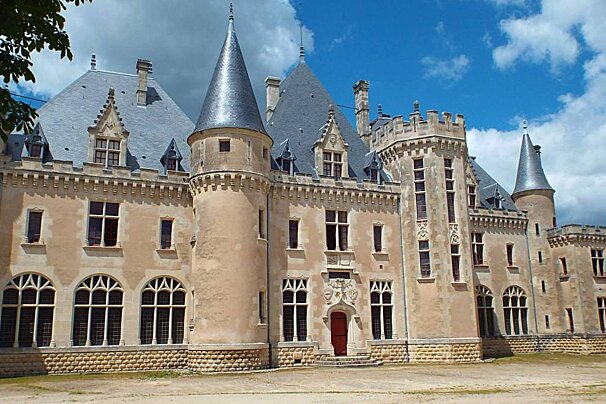
The home and birth place of Michel de Montaigne (1533-1592), he was one of the most significant philosophers of the French Renaissance, known for popularising the essay as a literary genre.
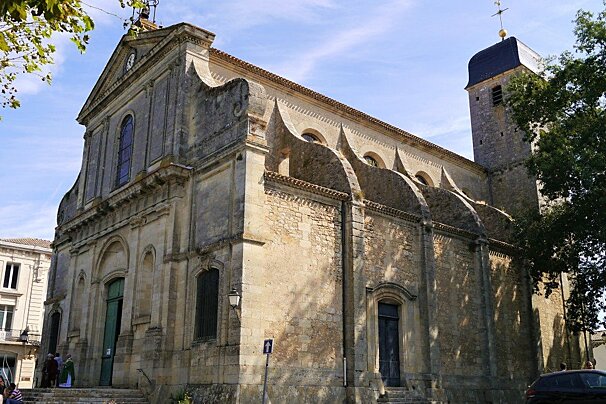
This impressive church was built in 1740 under the patronage of the Marchal of Turenne, count of Castillon, who had left money to the city in his will.
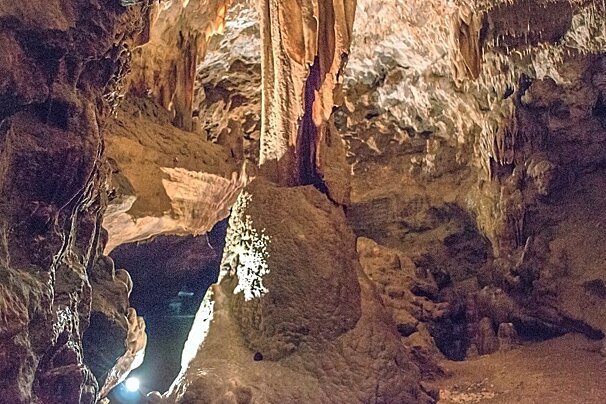
These limestone caves run under the town of Rauzan and feature an underground river which has had many uses over the last two centuries.

Situated close to the central Place de la Republique this catholic church is a dominating feature in the town landscape.
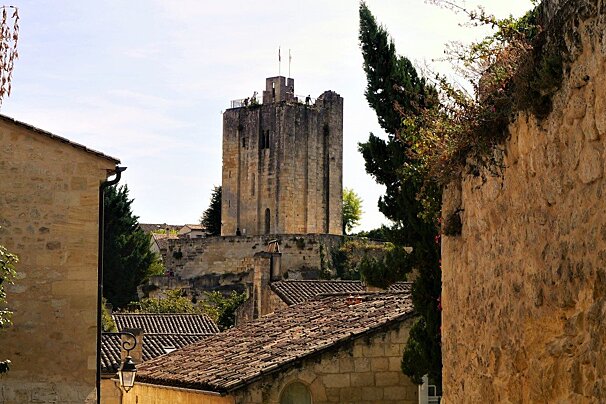
Sited to the west of Saint-Emilion, the impressive square stone keep of this grand King's castle is all that now remains. The views of the city from the tower are well worth the 118 steps.

You get a sense of this town's history as soon as you arrive, with are flags and coats of arms lining the roads that lead you to the main square.

Sainte-Foy-la-Grande sits on the south bank of the Dordogne river. This attractive walled bastide town still has some of its medieval houses and is a good base for visiting the surrounding Sainte-Foy-Bordeaux wine region and nearby Château de Montaigne, home of Michel de Montaigne.
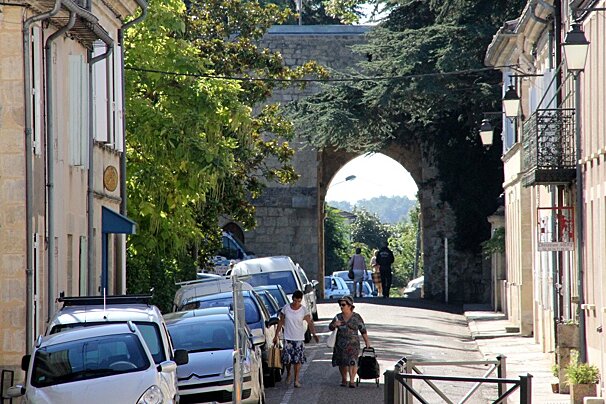
It has the typical square layout around a central market square that is common with towns of that time and they still hold a market there on Tuesday mornings. It's a good example of a bastide town; these towns were established mainly as commercial centres, encouraged by incentives set down in a charter.
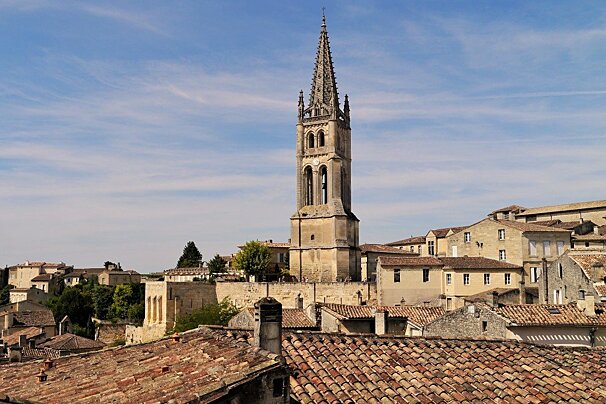
Vineyards were planted around this old town in Roman times and whilst most people associate the name with the wine, the town itself is worth a visit for its ramparted old centre with interesting Romanesque churches and an incredible underground monolithic church.

This hilly town used to be the second largest in the region during medieval times, and it's home to the oldest town hall in France dating back to the 12th century.
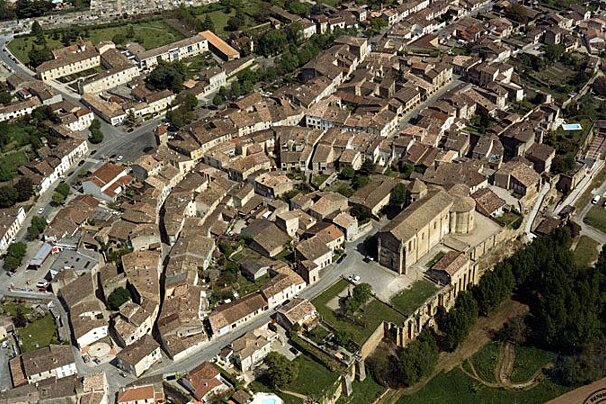
The pretty town of Saint-Macaire is a good base for seeing the area around Langon. It dates back to the 1st century AD and grew as a battlement town in the first half of the last millennium.